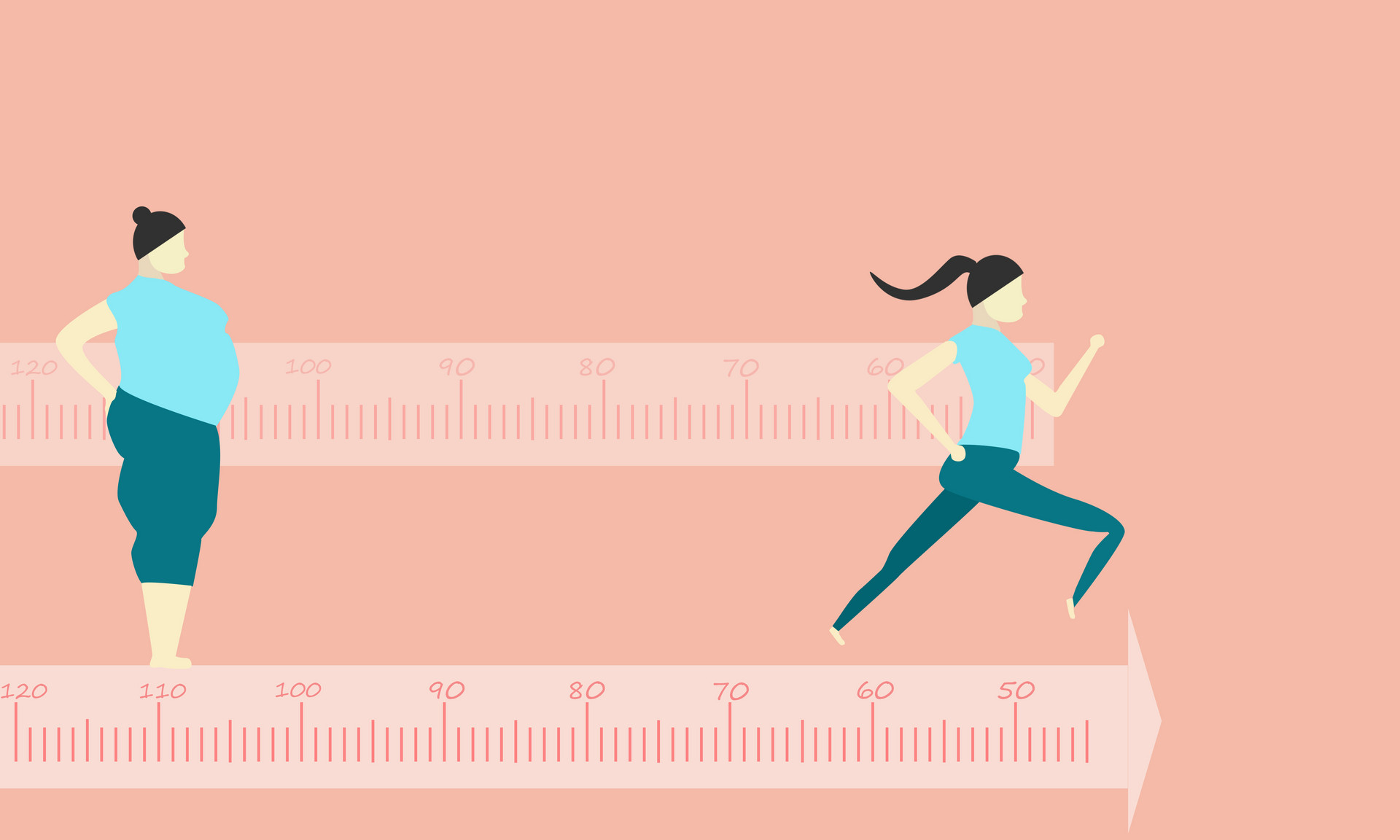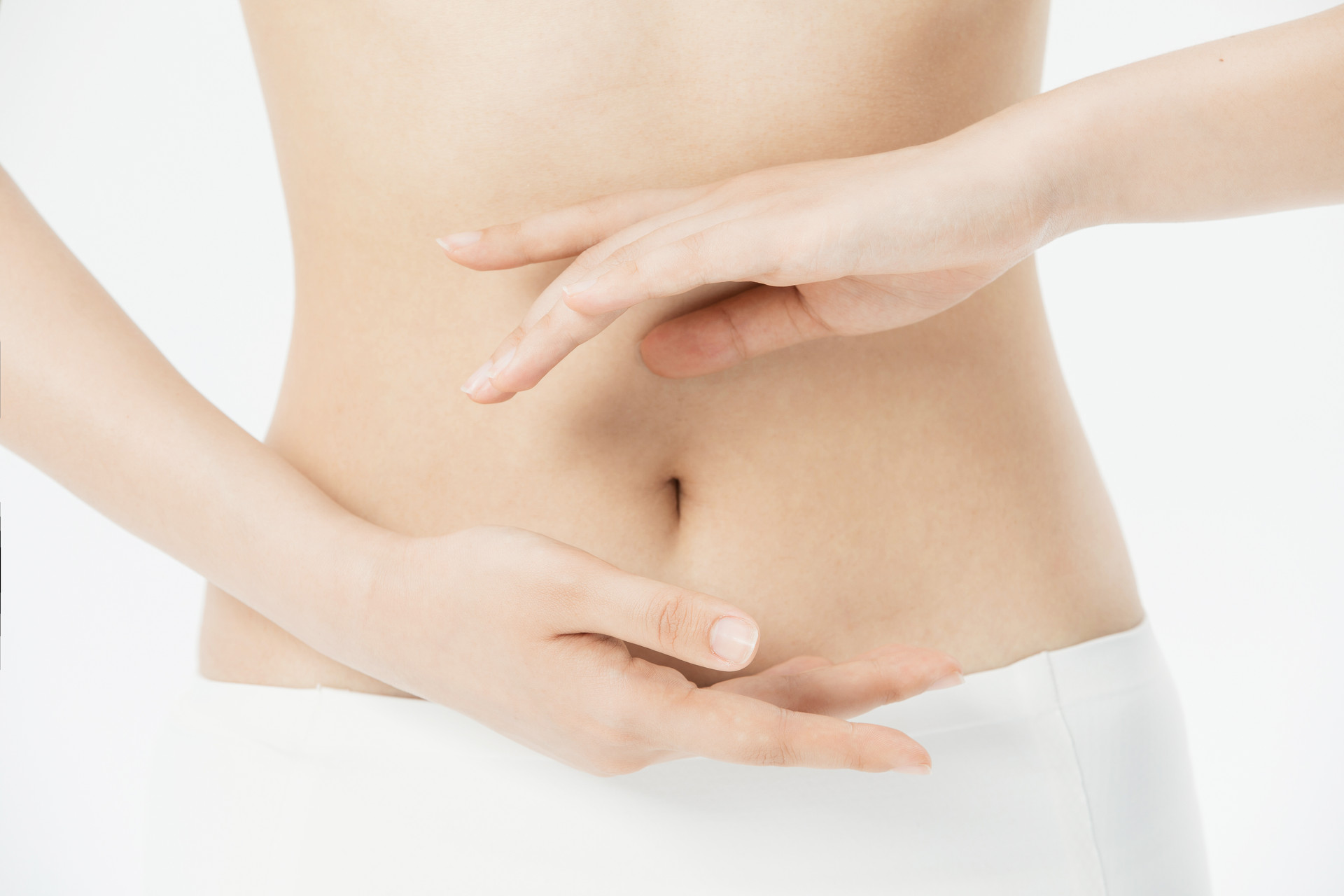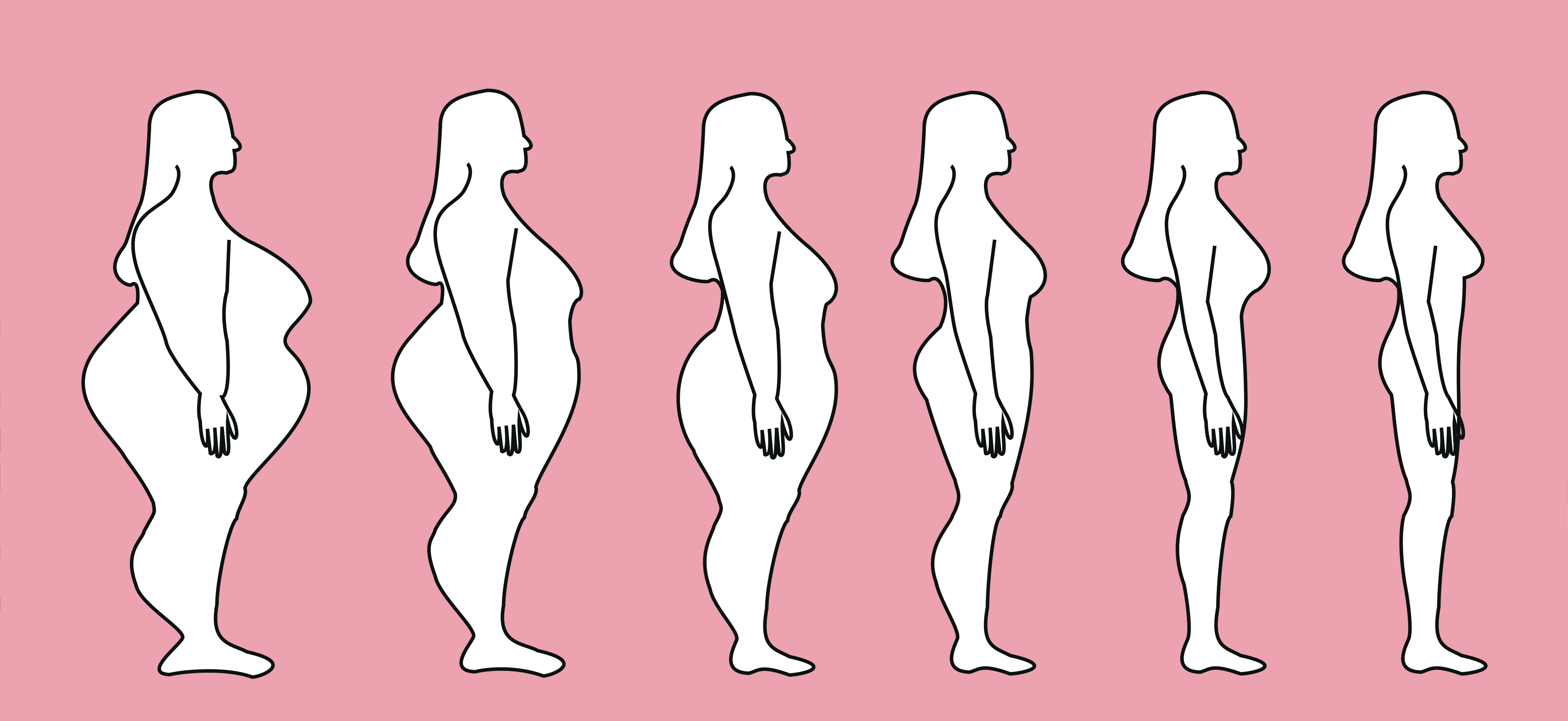Exercising regularly is an important method to maintain a healthy body. Exercise for health is a way to enhance physical fitness, maintain health, delay aging, and prolong life through physical activity. Traditional health-preserving exercises in China mainly include Yijinjing, Tai Chi, Five Animal Frolics, Eight Pieces of Brocade, and Six-word Formula.
Yijinjing
Yijinjing is a special exercise method that changes the quality of muscles and bones. In addition to exercising muscles and bones, it also exercises Qi and intention. It is a practice that combines intention, breathing, and movements closely. During practice, it is important to combine relaxation and tranquility, flexibility and strength, and let the body naturally relax, move freely with intention, and avoid tension and stiffness.

Tai Chi
Tai Chi is a precious national heritage in China. Its postures are graceful and movements are gentle, suitable for people of all ages, genders, and seasons. It can prevent diseases and strengthen the body. It is not only popular among the Chinese people, but also welcomed by people from all over the world.
"Tai Chi" originates from the Yin-Yang Eight Trigrams theory in the ancient Chinese philosophical book, the Book of Changes. It first appeared in the "Tai Chi diagram" created by Chen Tuan and Zhou Dunyi, representing that the universe and all things are composed of two opposing yet unified aspects of Yin and Yang. "Tai Chi" has the meaning of infinity and balance of Yin and Yang, with continuous movement and no end. Tai Chi Chuan is based on this theory, emphasizing the combination of movement and stillness, Yin and Yang. The body moves externally while the mind remains internally still. The movements of Tai Chi Chuan are based on various circular arcs, forming different actions according to the Tai Chi diagram. The mind guides the flow of Qi and blood throughout the body, like a continuous cycle. Therefore, Tai Chi Chuan, named after the "Tai Chi" philosophy, is a martial art based on the philosophy and movements of the Tai Chi diagram.
Five Animal Frolics
The Five Animal Frolics was created by the famous physician Hua Tuo in the Eastern Han Dynasty. After observing many animals, Hua Tuo imitated the forms and gestures of tigers, deer, monkeys, bears, and cranes to achieve the purpose of stretching muscles and promoting smooth meridians as a fitness method. It refers to imitating the movements of these five animals to create a set of exercises for the body.
There are two methods of practice: one is to imitate the movements of the five animals and naturally bring out the movements by thinking about their activities. As long as the order of movements is combined, the sequence of movements can be different each time. The other is to refer to existing books on the Five Animal Frolics and learn the entire set of movements.
Eight Pieces of Brocade
The Eight Pieces of Brocade, a strong body qigong originated from the Song Dynasty, used to be one of the popular fitness methods among the people. "Brocade" refers to something valuable, and "silk" refers to the beautiful color in ancient times. Because this exercise can strengthen the body and prolong life, it is like presenting a colorful brocade to people, so it is called "Brocade".
The Eight Pieces of Brocade is a set of therapeutic rehabilitation exercises consisting of eight different movements. The movements are simple and easy to learn and practice. They have been continuously modified and innovated in practice and have evolved into many variations, such as Yue Fei's Eight Pieces of Brocade, Twelve Pieces of Brocade, Self-massage Eight Pieces of Brocade, Bed Exercise Eight Pieces of Brocade, and Sitting Exercise Eight Pieces of Brocade, each with its own characteristics.
The Eight Pieces of Brocade has the functions of stretching tendons and strengthening bones, nourishing and strengthening Qi. It can promote blood circulation, coordinate the functions of the five viscera, and is suitable for people of all ages and physical conditions. Modern research has also confirmed that this set of exercises can enhance blood circulation, provide gentle massage to the abdominal organs, and have good regulatory effects on the nervous system, cardiovascular system, digestive system, respiratory system, and musculoskeletal system. It is a good form of physical exercise. The postures of the Eight Pieces of Brocade can be divided into sitting and standing positions. The former is calm and requires less movement, suitable for exercises before getting up or before going to bed; the latter requires more movement and is suitable for people of all ages and physical conditions.
Six-word Formula
The Six-word Formula was formally proposed by Tao Hongjing, a scholar of the Liang Dynasty during the Southern and Northern Dynasties period. In his book "Records of Cultivating Nature and Prolonging Life," he said, "In the practice of Qi, inhale through the nose, exhale through the mouth, and use a slight contraction to prolong the breath. Inhaling through the nose is called inspiration, and exhaling through the mouth has six types called blowing, exhaling, sighing, exhaling sharply, hissing, and sighing. They are all forms of exhaling." When exhaling, make the sound of the six words "blowing, exhaling, sighing, exhaling sharply, hissing, and sighing," and combine them with inhaling to exercise the internal organs, regulate Qi and blood, and balance Yin and Yang.
The practice of the Six-word Formula is divided into two stages: the first stage focuses on breathing, postures, and exhaling sounds; the second stage switches to handling thoughts, exhaling words, and airflow. When practicing the "hiss" sound, keep the eyes open, and the other words can be uttered with the eyes closed. Each word is exhaled six times. Inflate the belly when inhaling and deflate the belly when exhaling. Exhale the words, exhale to the fullest, and inhale through the mouth.
Preparatory exercises: Keep the head as if suspended, concentrate the gaze, touch the tongue to the roof of the mouth, relax the shoulders and elbows, hold the chest and lift the back, relax the waist and sit on the hips, slightly bend the knees, separate the feet, relax the whole body, make the mind calm, let it flow naturally, and avoid using force.







